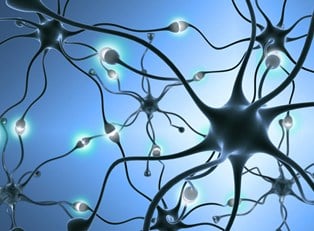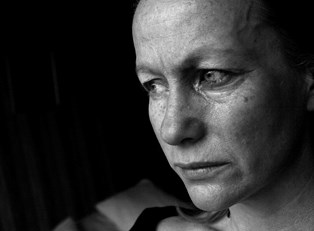Childhood schizophrenia is a serious psychiatric condition that occurs in children under the age of 13. Some may refer to it as early-onset schizophrenia since schizophrenia itself is much more common in adults. Childhood schizophrenia affects roughly 1 in 40,000 children, while as many as 1 in 100 adults are affected.
Schizophrenia is generally characterized as a psychotic disorder. To be diagnosed, a patient must have either hallucinations, delusions, or some combination of both. In addition to these psychotic features, children suffering from schizophrenia show serious impairments in the ways in which they think, behave, and act. And although no two patients are the same, children diagnosed with childhood-onset schizophrenia are significantly impaired in one or more areas of developmental functioning.
Causes and Risk Factors
It is well-known that child schizophrenia and other forms of schizophrenia are brain disorders, but the direct causes are uncertain. Scientists believe that all schizophrenia subtypes are partly caused by abnormal neurotransmitter signaling in the brain. Neurotransmitters are chemicals that allow electrical impulses to move from brain cell to brain cell. Additionally, brain scan have studies demonstrated important structural differences between the brains of people with and without the condition.
Despite this lack of knowledge regarding causes, several factors place children at a higher risk of developing childhood schizophrenia. For example, children diagnosed with schizophrenia often have one or more of the following: a family history of the condition; exposure to viruses, psychoactive drugs or malnutrition while in the womb; and severe infantile inflammatory disorders.
Symptoms
The general symptoms of childhood schizophrenia are delusions, hallucinations, disorganized speech, severe behavior disturbance, and lack of normal emotion and social interaction. The Diagnostic and Statistical Manual of Mental Disorders states that in order for a child to be diagnosed with childhood schizophrenia, he or she must display at least two of these five common symptoms for one month or more.
Although many of the above symptoms overlap directly with those of adult forms of the disorder, childhood schizophrenia shows a unique pattern of progressive functional impairment in one or more important developmental areas. Some of the early signs include language delays, late or unusual crawling, late walking, and catatonic behavior.
In patients who are very young, it may be difficult to differentiate between childhood schizophrenia, autism spectrum disorders, and attention-deficit hyperactivity disorder.
Treatments
Medication is the mainstay treatment for symptoms of childhood schizophrenia. Patients report that hallucinations, delusions and disorganized thoughts are the most troubling features of the condition, so special medications called antipsychotics are integral to successful recovery. Antipsychotic medications alter activity of the neurotransmitter dopamine. Exactly why these drugs are effective is not well understood, but many patients can live successful, fulfilling lives if they continue to take the medication as directed.
Since childhood schizophrenia affects individuals during important psychosocial periods of development, social and academic skills training is another important aspect of treatment. In the majority of cases, a combination of therapy and medication is most effective.



